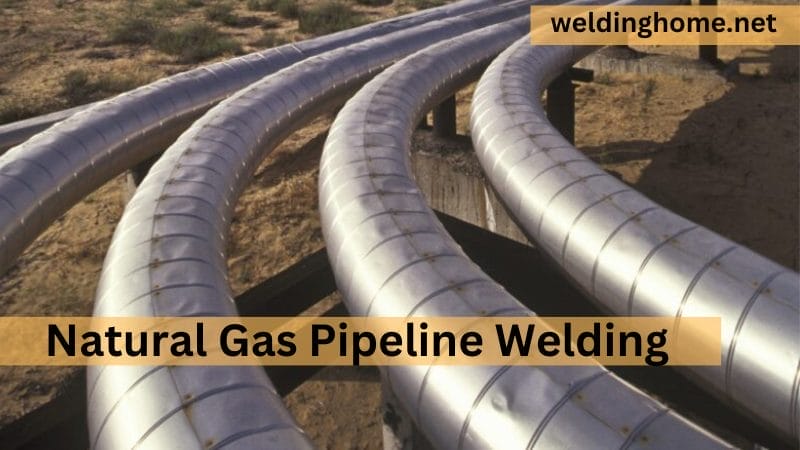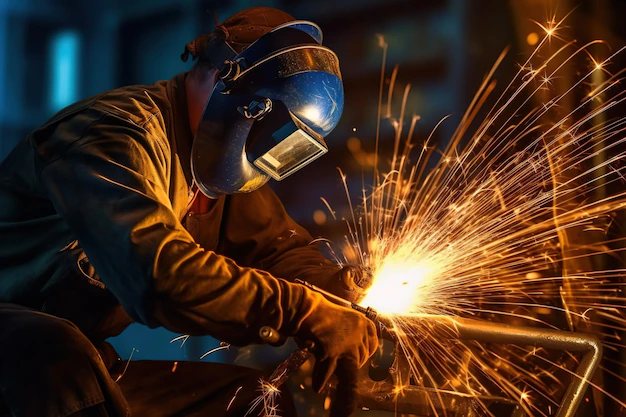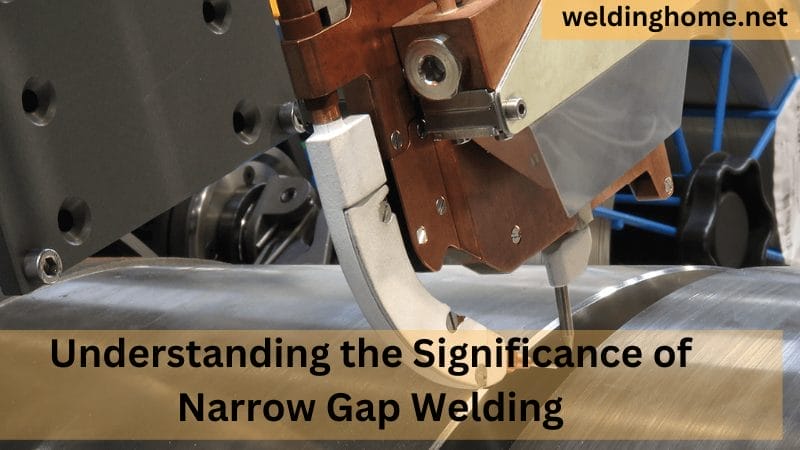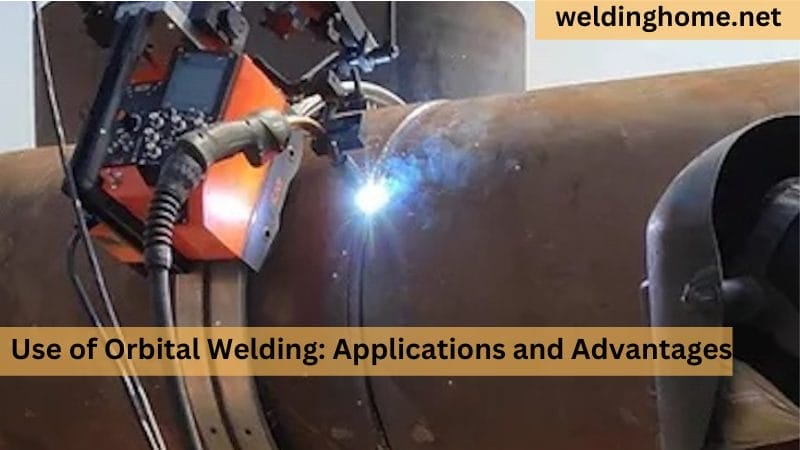Natural Gas Pipeline Welding Procedures for Orbital Systems

Introduction
Orbital welding is the peak of accuracy and automation in welding technology. This advanced welding method has transformed metal joining, providing unprecedented uniformity, quality, and efficiency in many sectors. Spacecraft, pharmaceuticals, food processing, and semiconductor manufacturing use orbital welding for quality welding.
This article discusses Natural Gas Pipeline Welding Procedures for Orbital Systems.
I examine orbital welding’s complex machine-metal interaction orbital welding’s concepts, applications, and processes, making it essential in modern manufacturing and construction. I also examine its benefits over hand welding and why it is preferred in many high-stakes scenarios.
Let’s explore orbital welding’s disruptive impact and how it has raised welding accuracy and quality across sectors.
What is the Natural Gas Pipeline Welding
When parts of pipes are joined together to make a continuous pipeline system for moving natural gas, this is called natural gas pipeline welding. Welding is an essential part of making and keeping natural gas pipes because it keeps the system safe and intact. To keep the flow of natural gas going without stopping, stop leaks, and ensure the structure stays strong, you must use suitable welding methods and processes.
Here are some critical facts about connecting natural gas pipelines:
- Welding Methods:
- Various welding methods can be used for natural gas pipelines, including manual welding (e.g., shielded metal arc welding), semi-automatic welding (e.g., gas metal arc welding), and automatic welding (e.g., orbital welding). The choice of welding method depends on factors such as the pipe material, diameter, and project requirements.
- Welding Materials:
- Natural gas pipelines are typically made from steel, particularly carbon steel, due to its strength and durability. Welding materials, including filler metals, are chosen based on the type of steel being used and the specific project requirements.
- Welding Procedure:
- Welding procedures are developed and documented to ensure consistency and quality. These procedures specify welding parameters, preheat and post-weld heat treatment requirements, electrode and filler material types, and other essential details to achieve reliable and safe welds.
- Quality Control:
- Quality control measures are crucial for natural gas pipeline welding. Non-destructive testing (NDT), such as radiographic testing, ultrasonic testing, magnetic particle testing, and dye penetrant testing, is used to inspect welds for defects, cracks, or imperfections.
- Welder Qualifications:
- Welders working on natural gas pipelines must be qualified and certified according to industry standards. They must demonstrate their competency in specific welding processes and pass qualification tests.
- Safety Precautions:
- Safety is paramount in pipeline welding due to the potential hazards associated with natural gas. Adequate safety measures, such as gas detection systems, fire prevention, and safety training, protect the welders and the environment.
- Regulations and Standards:
- Natural gas pipeline construction and welding are subject to various regulations and industry standards, which may vary by region and jurisdiction. Organizations like the American Petroleum Institute (API) and the American Welding Society (AWS) provide guidelines and standards for pipeline welding.
- Inspection and Maintenance:
- Periodic inspection and maintenance of pipelines are essential to ensure their continued safety and reliability. Welded joints may be vulnerable to corrosion and other factors affecting their integrity over time.
The quality of the welds and the adherence to safety and industry standards are critical for the long-term performance of natural gas pipelines, as any failures can have serious safety and environmental consequences. Consequently, pipeline welding is a highly specialized and regulated field focusing on precision, quality, and security.
What welding is used in gas pipelines?
Most of the time, shielded metal arc welding (SMAW) or gas metal arc welding (GMAW) is used to build natural gas pipes. GMAW, or “MIG welding,” is used in controlled situations and for high-production tasks. SMAW, or “stick welding,” is preferred because it can be used in various settings. Which of these ways to use depends on things like the needs of the project and the elements of the surroundings.
The most common gas welding process
The most popular type of gas welding is oxyacetylene welding, which is just called “gas welding.” The oxygen and acetylene fumes are burned to make a high-temperature spark that melts the edges of the metals that are being joined. Oxyacetylene welding is used for many things, like making things out of metal, fixing cars, and doing maintenance work. Fans of both professional and amateur welders like this model because it is flexible, easy to move, and can join different types of materials.
Procedures for Orbital Systems
Orbital welding is an automatic method for precise and high-quality joining that is used in many fields, such as aircraft, medicines, food processing, and chip manufacturing. For orbital welding methods, these are the general steps to follow:
- Equipment Setup:
- Choose the appropriate orbital welding system based on the application, material, and joint design.
- Mount the welding head and align it with the joint to be welded, ensuring proper fit-up and alignment.
- Welding Parameters:
- Set the welding parameters, such as current, voltage, travel speed, and gas shielding, based on the material and joint specifications. These parameters are often provided in a Welding Procedure Specification (WPS).
- Gas Shielding:
- Depending on the material and process, select the appropriate shielding gas, such as argon or a mixture of argon and helium, to protect the weld from atmospheric contamination.
- Welding Electrodes:
- Choose the correct filler material and welding electrodes according to the material being welded, and ensure they are clean and in good condition.
- Welding Procedure Specification (WPS):
- Develop a detailed WPS that outlines the specific welding procedure, including parameters, preheat and post-weld heat treatment requirements, electrode types, and any special techniques or procedures relevant to the project.
- Calibration:
- Calibrate the orbital welding system to ensure it accurately tracks the joint and maintains the desired welding parameters.
- Welding Process:
- Initiate the orbital welding process, and the system will automatically rotate and move along the joint, maintaining consistent speed and weld quality.
- Monitor the process to ensure proper penetration and bead formation, making adjustments if necessary.
- Quality Control:
- Perform in-process and post-weld inspections, including non-destructive testing (NDT) methods like radiographic or ultrasonic testing, to verify the quality and integrity of the welds.
- Documentation:
- Maintain detailed records of the welding procedure, including the WPS, welder qualifications, inspection reports, and any deviations from the procedure.
- Accurate documentation is essential for traceability and future reference.
- Safety:
- Ensure that safety measures are in place to protect personnel, equipment, and the environment. This includes proper ventilation for welding gases and adherence to safety protocols.
Precision and repeatability make orbital welding systems ideal for applications requiring high-quality welds. Welders with orbital welding expertise should perform these steps to guarantee safe and reliable welds.
Conclusion
orbital welding is a precise and automated welding procedure essential in businesses that need high-quality welding. Automating the welding process reduces human error, producing high-quality, reproducible welds. As described, orbital system methods emphasize equipment setup, exact welding settings, gas shielding, and optimum welding electrodes. Creating and following a welding process specification (WPS) ensures uniformity and project completion.
Reliable welds need calibration and process monitoring. Quality control via in-process and post-weld inspections ensures weld integrity. Well-documented welding procedures help traceability and future reference. Safety is crucial during welding to safeguard workers and the environment.
Precision and repeatability make orbital welding systems ideal for applications that need high-quality welds. Orbital welding produces reliable and safe welds for essential applications in numerous sectors by using skilled welders and following protocols.
FAQS
How does orbital welding work?
This inquiry seeks to comprehend orbital welding’s fundamentals, purpose, and automated method for high-quality welds. Users want technological and application explanations.
Which benefits does orbital welding have overhand welding?
People frequently ask how orbital welding techniques are better than hand welding. They want to know why orbital welding is chosen in many sectors and its accuracy, repeatability, and quality benefits.
Orbital welding is used in what industries?
Many people wonder where orbital welding is used. They want information on aerospace, medicines, food processing, and semiconductor manufacturing that use this technology.






